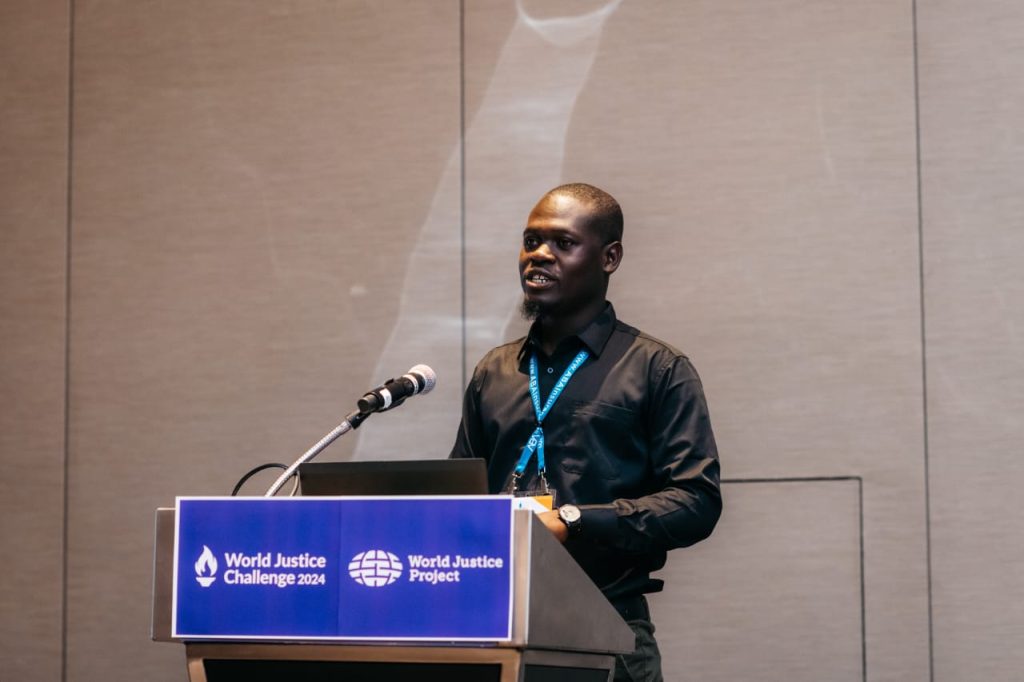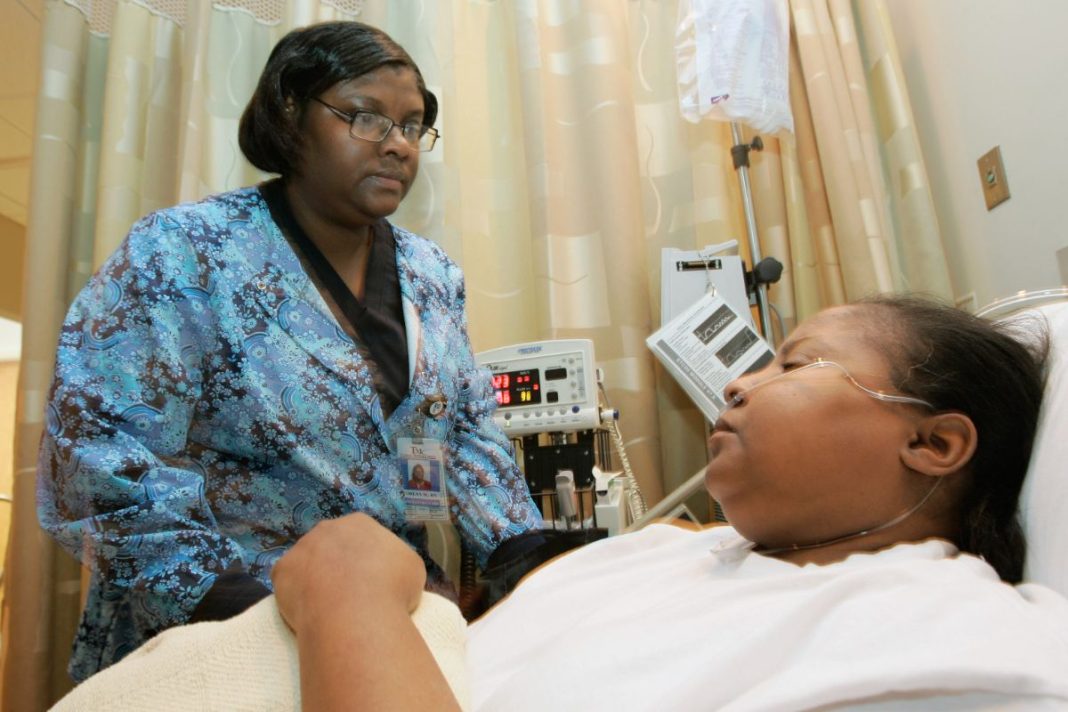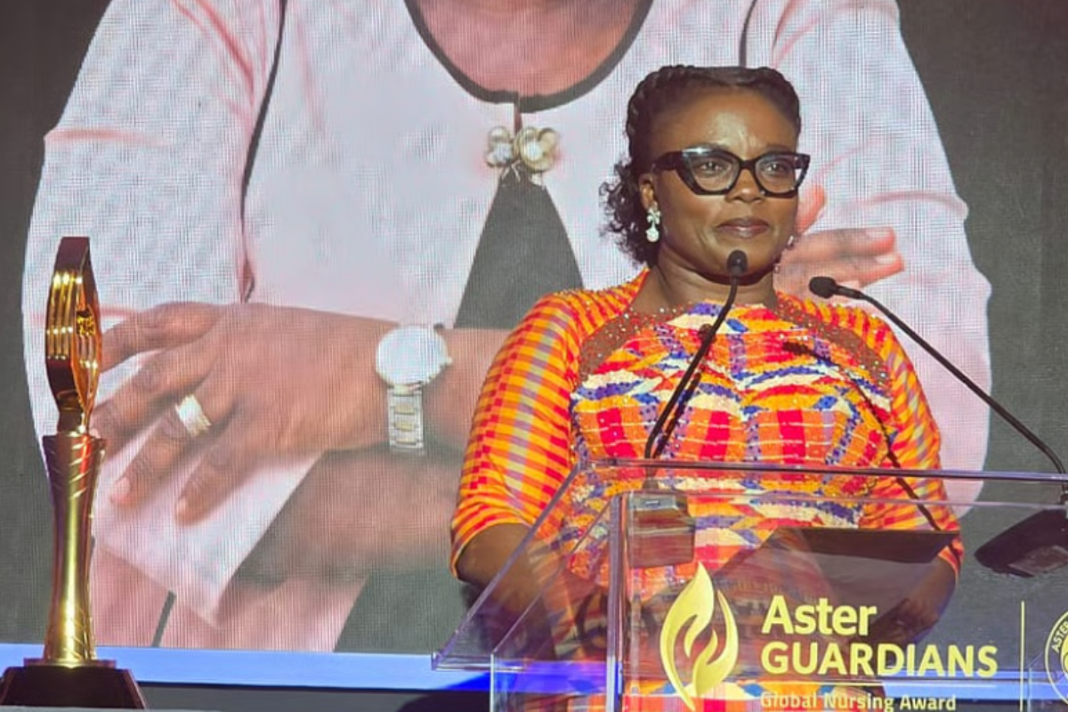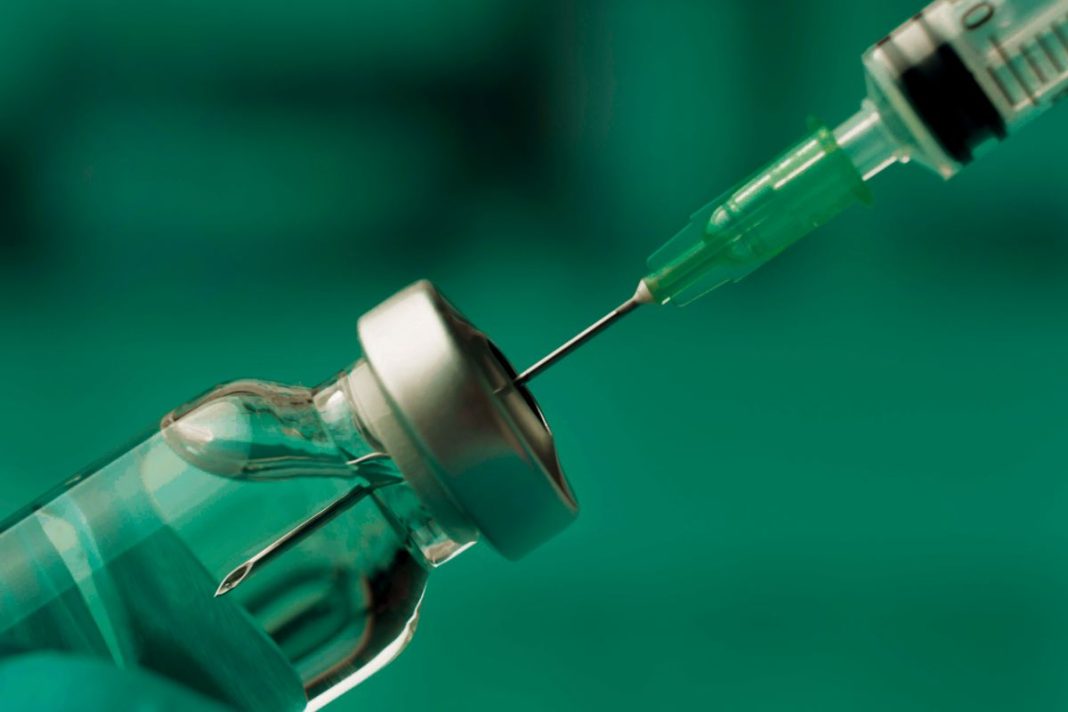Every year on June 19, the world commemorates World Sickle Cell Awareness Day. But for many in Kisumu County, especially in Kisumu Central Sub‑County, this day does not bring meaningful change for the thousands silently battling sickle cell disease (SCD).
For these warriors, the fight is both biological and systemic. Sickle cell disease is a chronic, inherited blood disorder that causes severe pain, frequent infections, and life-threatening complications.
Despite its prevalence in western Kenya, particularly in Kisumu, public healthcare responses remain fragmented, underfunded, and ill-equipped to meet the needs of patients.
The crisis in numbers
The burden of SCD in Kisumu is sobering. Nearly 2% of children born in the county have SCD, while 21% carry the trait. An estimated 480 children are born with the disease annually, and shockingly, nearly half die before reaching their fifth birthday.
These numbers are not just statistics but reflect families forced to choose between food and transport to hospitals, or between paying for drugs and school fees.
At Kisumu County Referral Hospital, many children with SCD experience an average of five crises a year, each crisis requiring five to ten days of hospitalization.
For low-income families in Kisumu Central, this means long absences from school, deepening poverty, and mental exhaustion.
What the Constitution promised
My petition, give Kenyans quality and affordable healthcare services, is premised on Article 43(1)(a) of Kenya’s Constitution, which states that “every person has the right to the highest attainable standard of health.”
For sickle cell warriors in Kisumu, this promise feels distant as many face stockouts of essential drugs like hydroxyurea, long waits for basic care, and stigma born of ignorance.
A broken system, a heavy cost
Mary, a mother from Manyatta, travels every month to Jaramogi Oginga Odinga Teaching and Referral Hospital (JOOTRH) with her daughter who lives with SCD.
“We live only a few kilometres away, but transport, food, and missing work all add up. Sometimes there’s no medicine. We wait for hours and leave with nothing,” she shared.

This isn’t an isolated story. Poor public health infrastructure, combined with untrained personnel and weak emergency response systems, makes routine care exhausting for patients and their caregivers.
And even though hydroxyurea is a life-saving drug, it remains unaffordable and unavailable in many public facilities.
Signs of progress and gaps
To its credit, Kisumu County has made some notable strides. In 2021, JOOTRH launched a newborn screening program, which is Kenya’s first, and has since screened over 20,000 infants.
A dedicated SCD unit opened in 2025 at Victoria Annex, equipped with diagnostics and trained staff.
Additionally, the county’s Marwa Solidarity Cover subsidizes NHIF premiums for sickle cell patients, with the county covering KES300 and patients contributing Ksh 200 monthly.
A new public-private partnership has also been established to develop a specialist haematology and transplant centre.
These efforts are commendable, but they are nowhere near enough.
In April 2025, advocacy groups in Kisumu petitioned the County Assembly to declare SCD a public health emergency.
Their demands included integrating SCD into county development plans, increasing budget allocations, and establishing at least two specialized treatment centres in high-burden sub-counties like Kisumu Central.
They also called for full implementation of universal newborn screening, drug subsidies, and improved ambulance services.
Investment is the cure
Kenya’s public health system often shines brightest in urban centers or around diseases with strong donor support. Sickle cell, however, receives neither.
And because of this, stigma thrives, misdiagnosis is common, and children continue to die silently.
What Kisumu and Kenya need is political will and increased budgetary allocation. This means:
● Making hydroxyurea affordable and available at all county facilities.
● Training health workers at all levels to recognize and treat SCD.
● Fully integrating newborn screening across Kisumu’s health system.
● Launching public education campaigns to combat myths and stigma.
● Establishing more community-level clinics, especially in underserved areas like Manyatta, Nyalenda, and Obunga.
These will be life-saving interventions.
Why it matters: When we neglect the health of those with chronic conditions, we say, intentionally or not, that their lives matter less. But sickle cell warriors are children with dreams, parents trying to stay alive for their families, and young people pushing through pain to go to school or work.
They deserve dignity, care, and a system that works for them, not against them.
This World Sickle Cell Awareness Day, let’s move from sympathy to action. Let Kisumu County lead by example: not with one-time campaigns, but with structural, sustained investments in healthcare that center on the people who need it most.
Arnold Osano is currently serving as the programme coordinator at WeCare Youth Organization, a community-based and youth-led organisation in Western Kenya.






